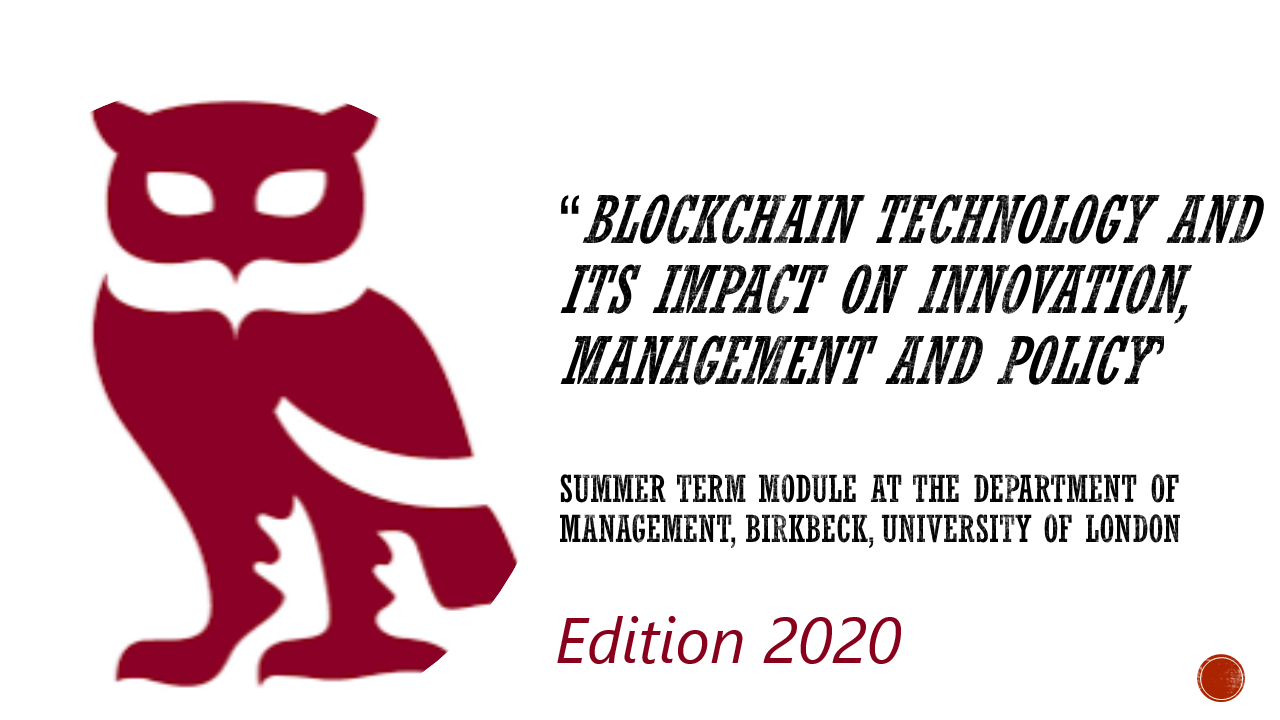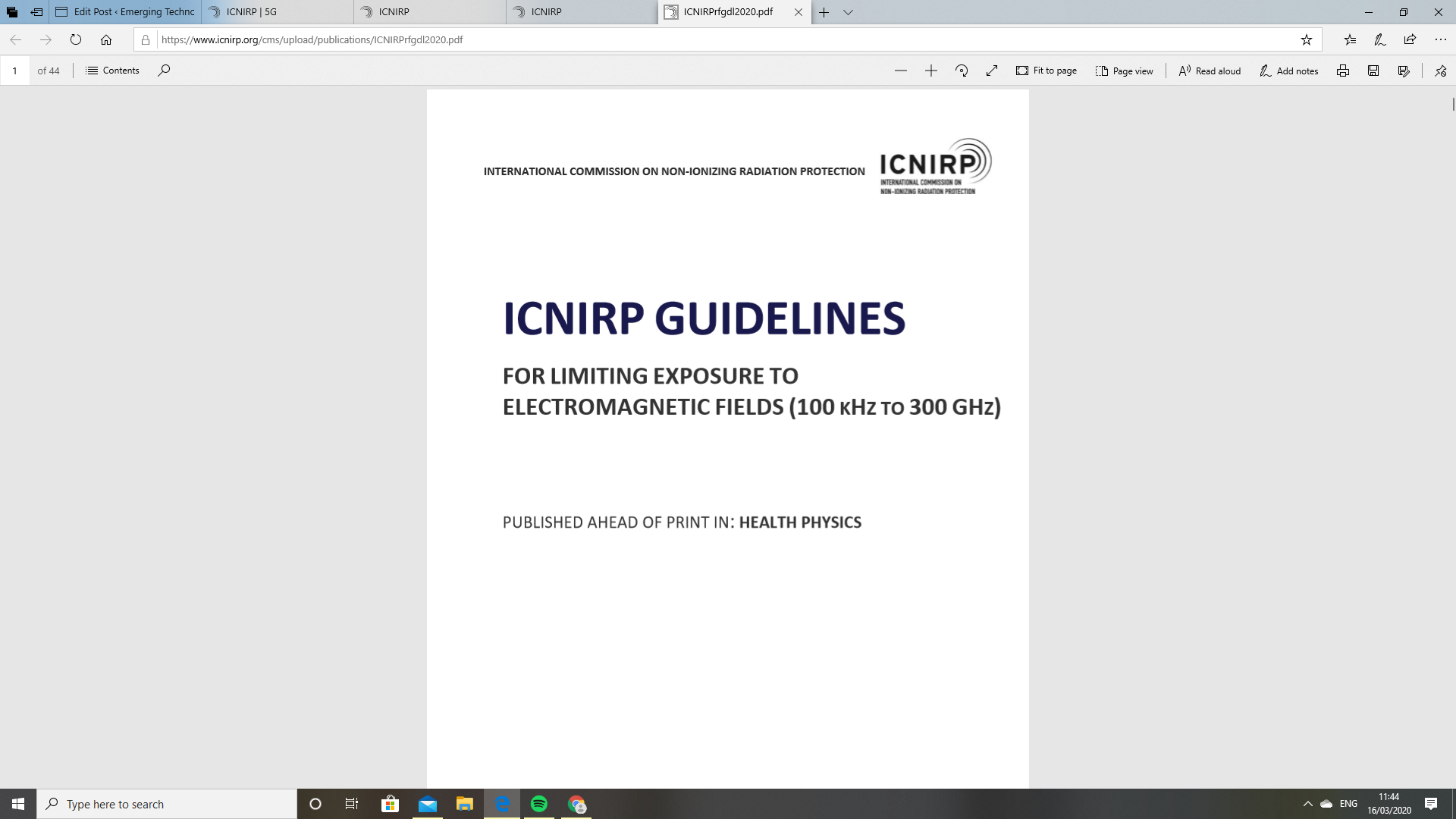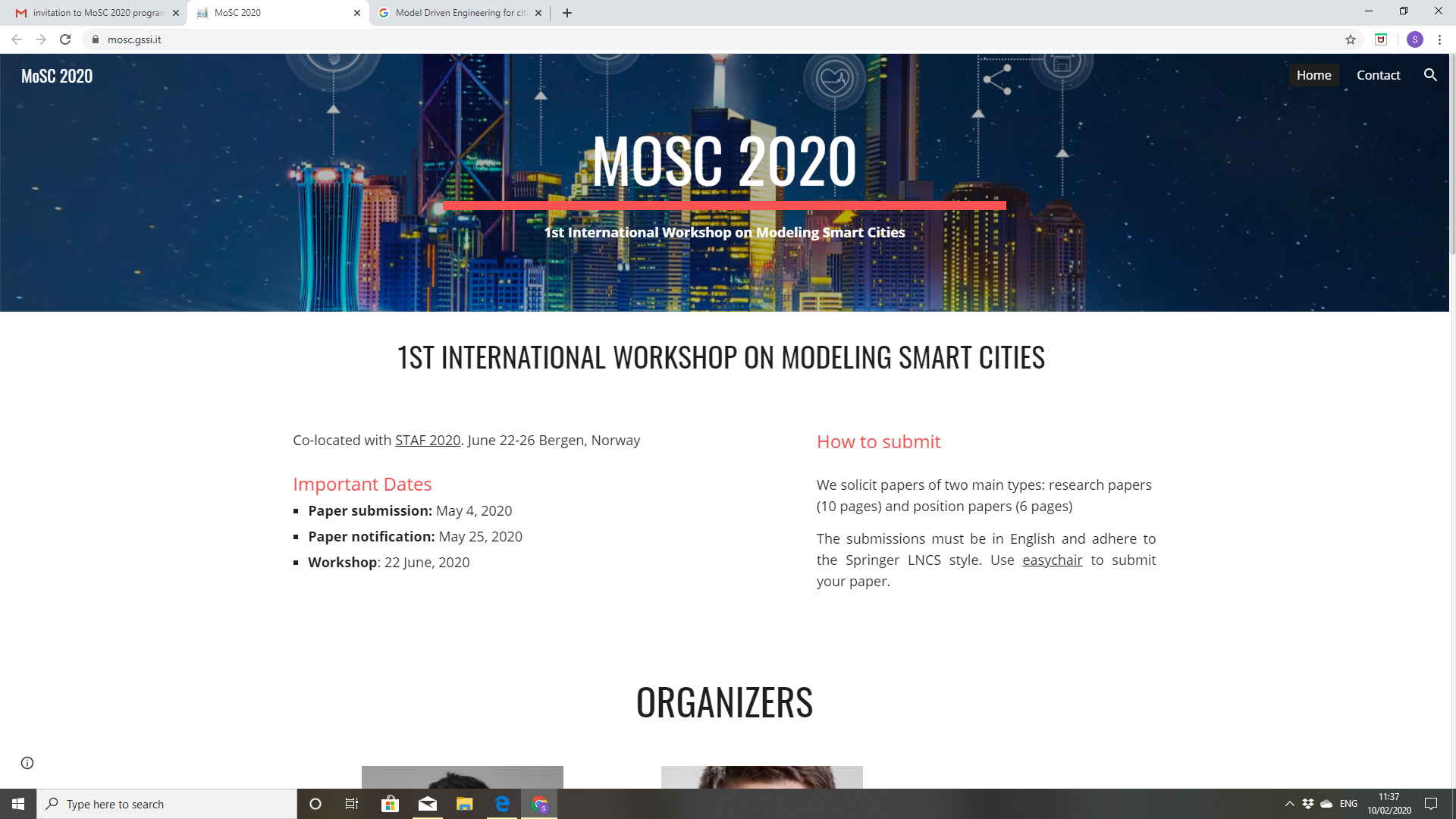IoThings 2020, the event created by Gianluigi Ferri, Carla Boero, and their teams from Innovability and Innovabilify, has opened the autumn season with two exceptional sessions that I had the pleasure to chair and enjoy.
The first session, on the 8th of October, looked at the role of emerging digital technologies in facing the pandemic moments we are living and on the contribution to design new directions of innovation policy for Europe in its move out of the Covid-19 crisis. The discussion revolved around the tools the EU is providing with the overall Recovery and Resilience Facility and the roles played by advanced digital technologies such as the IoT, AI, 5G and others. The session started with Franco Accordino, Head of the Investment Unit at DG Connect of the European Commission, who gave an overview of the substantial commitment the EU is posing on digital infrastructure, not just 5G, but all other connectivity technologies able to create a robust, ubiquitous, and reliable digital network infrastructure in Europe. A lively, intellectually stimulated, and provoking panel followed Franco Accordino’s presentation. Alicia Asin, Founder and CEO of Libelium, Sara Notargiacomo, Co-Founder Huxelarate, Elena Pasquali, CEO of Ecosteer, and Daniela Tulone, Founder and President of Ecosurge almost hypnotized me and the audience with some provoking thoughts; from the sensor network as a key European infrastructure proposed by Alicia Asin to the need of an European operating system as another infrastructural element by Elena Pasquali, passing by considerations on skills making IoT/AI development friendly by Sara Notargiacomo and the call on design people-centric innovation strategies by Daniela Tulone. The overall output of the discussion was an invitation to the EU and the policy makers, designing the use of European funds, to be courageous, ambitious, and realty dream big for Europe.
Instead, on the 22nd of October, the session went deeper in various technological aspects providing a detailed picture on the trends and directions in the IoT and its convergence with other technology solutions such as 5G, edge computing, and data analytics, cybersecurity and even on the potential role of quantum information and communication technologies in secure communications. A top selection of experts gave us all that; starting with Pablo Iacopino from GSMA, who gave us the picture of the trends in 5G deployments, the challenges 5G has and the ways of overcoming them. Iacopino was followed by IoT Analytics, represented by the CEO Knud Lasse Lueth and his colleague Satyajit Sinha. Firstly, the IoT Analytics CEO illustrated the trends in Industry 4.0 also, interestingly arguing that the messages of IoT project failures are not reflected in the manufacturing environment, which is genuinely enjoying the benefits of the IoT. To furtherly stress that argument, Knud Lasse Lueth showed, through survey results, how the real problem is not about technology, but about culture and people in the organisation revamping the theory of the technology fallacy in the digital transformation domain. Instead, Satyajit Sinha provided the audience with an overview on the IoT connectivity and, later, stressing the importance of security in IoT design, proposing a view on the role of quantum computing for secure communication. It was then the time of Cristiano Radaelli, Vice President at ANITEC-ASSINFORM, who gave us a picture of the Italian situation in terms of adoption of technologies such as the IoT, AI, cloud, and edge computing. He stressed the large disparity of adoption of those technologies by Italian companies arguing for better infrastructures – connecting to Franco Accordino’s presentation – and efforts in culture and skill formation – connecting to Knud Lasse Lueth’s point on organisational culture. It was then the time of Roberto Fontana from Qlik giving us several reasons on why we should invest on data and data analytics, illustrating to us, through case studies, how data is the lymph of a tree of converging technologies. The session was closed by Gabriele Ballero from the Italian Institute of Technology. He illustrated us a project in the city of Genoa, that, if funded, will transform the Ligurian city into an open living lab for emerging technologies.
I hope policy makers, organisational board members, strategists and top civil servants will have the opportunity to listen to the recordings of those two sessions. The first one went at the core of strategic decision making for exploring the EU investments for recovery and economic rebirth. The second one gave the directions on which technological paradigm to invest. My understanding is that in the following weeks IoTHINGS 2020 will continue this journey going deeper in technological themes and applications in various sectors and contexts of key importance for the European and Italian communities. This time, Gianluigi Ferri and his team did more than an IoT event, they set up the scene for a robust discussion on emerging digital technologies and the recover from Covid 19.




